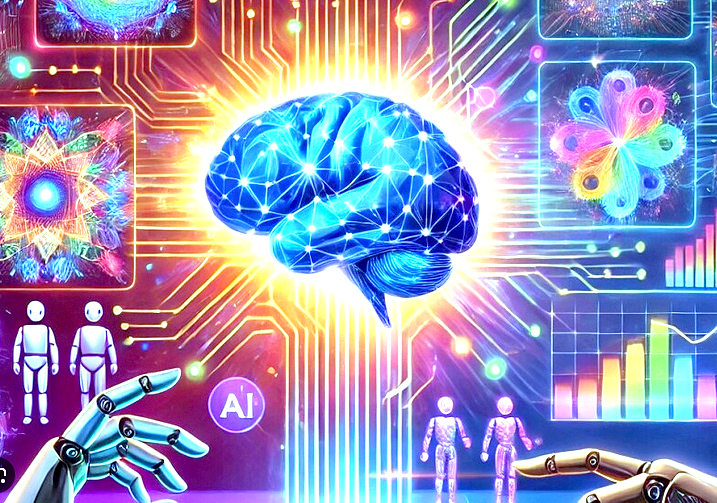AI can follow path of solving Kenyans' real problems - People Daily
Friday 06th June, 2025 08:40 AM|

The first development blueprint for Kenya, “African Socialism and Its Application to Planning in Kenya”, was developed in 1965, barely two years after the country became independent. It identified that poverty, illiteracy, and sickness were the country’s main enemies. Sixty years later, the threat persists but has taken on a new form. While AI dominates conversations in Nairobi’s tech circles, its impact is barely felt in rural Kenya.
Kenya’s digital economy is booming, yet gaps persist. Although AI is celebrated in metropolitan places, its presence in the common mwananchi’s life is limited. According to the Communications Authority, 59.5 percent of the population owned a smartphone by 2024. In the same report, over 80 percent of Nairobi has cellphone access, although coverage in rural counties such as Marsabit and Turkana is less than 30 percent. These data show a developmental and digital divide.
Yet Kenya is no stranger to meaningful innovation. M-Pesa revolutionised financial inclusion, lifting nearly 194,000 households out of poverty from its base of 34 million customers. Ushahidi, born from crisis mapping in 2007, is now used in over 160 countries. These breakthroughs came from necessity, shaped by local realities, and scaled because they solved real problems. AI can follow that path. Already, farmers in Meru use mobile apps like TensoFlow to detect crop diseases through photo recognition powered by AI. In Kisumu, expectant mothers receive prenatal health tips from a Kiswahili-speaking chatbot developed by Jacaranda Health. Nairobi private schools use adaptive learning tools that tailor lessons to each student’s pace. These efforts show what is possible.
But these are exceptions. Kenya hosts over 2,000 active tech startups, yet over 75 percent are concentrated in Nairobi. In 2023, startups attracted $800 million in funding yet most of the capital flows to fintech, enterprise software, and e-commerce, sectors that are urban and connected. Agriculture, healthcare, and public service innovations, the domains where AI could impact millions, receive less than 15 percent of that investment.
This gap is a result of poor design. Access to a smartphone, dependable internet, and fluency in English are prerequisites for many AI technologies. A vast population speaks indigenous languages, and half of them reside in remote regions with inadequate connections. The very communities that stand to gain the most from AI are excluded if it is not purposefully designed.
Lessons may be learnt from inclusive digital systems worldwide. For example, over 1.3 billion individuals are reached by India’s Aadhaar programme, which uses fingerprints, operates offline, and connects directly to governmental services. Drones are used in Rwanda to transport medications to remote clinics.
This needs to change in Kenya as well. AI should be incorporated in national development strategies and not left to startups by themselves.
For these and more credible stories, join our revamped Telegram and WhatsApp channels.















